When working the Rose stitch, please remember that a Rose stitch is established by working 4 Blanket stitches – all loops originating from the same point with the “legs” placed at right angles to one another (forming a cross).
The Rose Stitch article explained how to work Rose stitches in diagonal rows in a Limet grid.
Rose stitches can also be worked in vertical rows. (Instructions for left-handers are at the end of this article.) In this example, the first stitch is taken to the left,
and the work continues clockwise with stitching the second,
the third,
and the fourth stitch.
After crossing over the fourth stitch to the left and inserting the needle at the bottom of the center hole, bring the needle up in the next center, one square (three threads) up (it is directly above the top stitch of the Rose stitch just worked).
From there, start to work the next Rose stitch in the established way.
The fourth stitch of this Rose stitch shares the same space as the second stitch of the previously worked Rose stitch. (The stitches will lie closely next to each other in the same space.)
The rows are worked from bottom to top. Each hole of the longitudinal axis is a center of a Rose stitch.
Making every second hole of the longitudinal axis a center of a Rose stitch creates a variation that is found in
Instructions for the left-hander:
To work Rose stitches in straight rows, the first stitch is taken to the right,
and the work continues counterclockwise with stitching the second,
the third,
and the fourth stitch.
After crossing over the fourth stitch to the right and inserting the needle at the bottom of the center hole, bring the needle up in the next center, one square (three threads) up (it is directly above the top stitch of the Rose stitch just worked).
From there, start to work the next Rose stitch in the established way.
The fourth stitch of this Rose stitch shares the same space as the second stitch of the previously worked Rose stitch. (The stitches will lie closely next to each other in the same space.)
The rows are worked from bottom to top. Each hole of the longitudinal axis is a center of a Rose stitch.

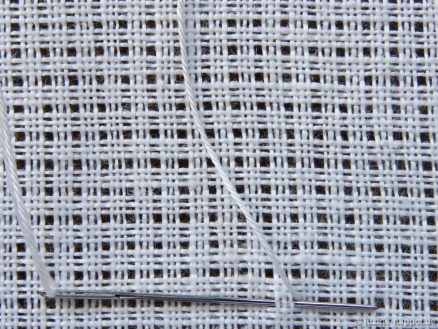
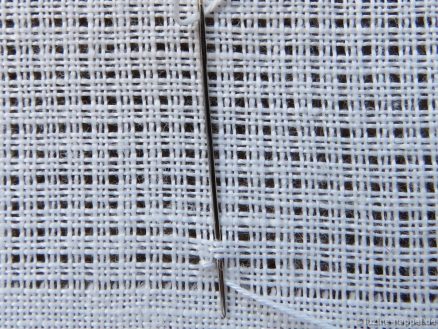

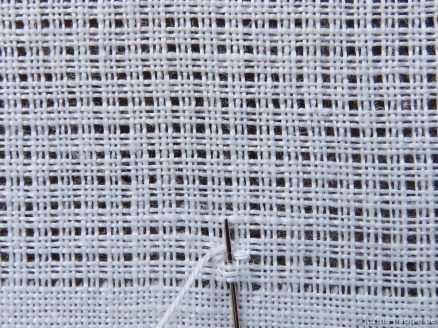
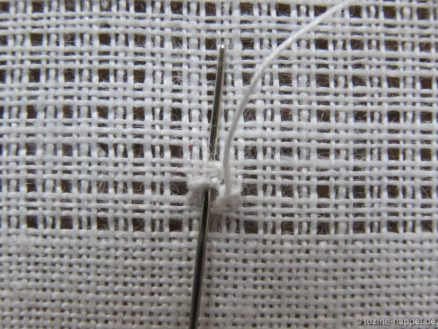
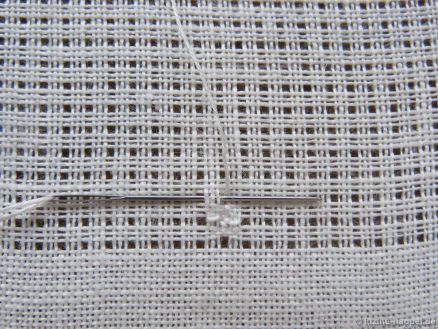


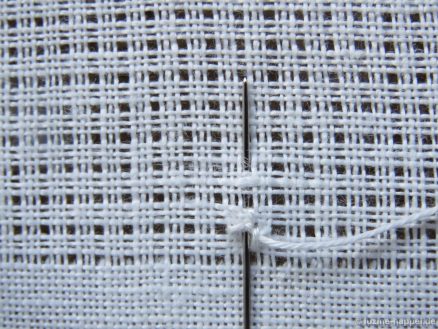
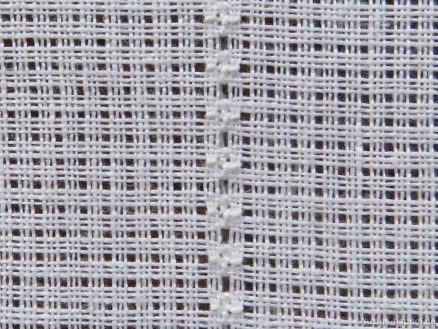

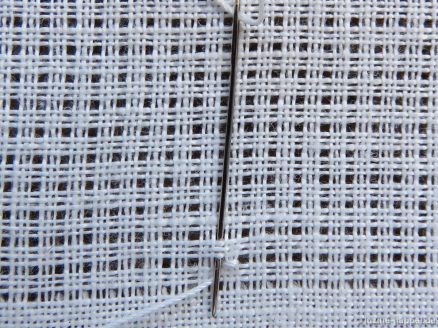
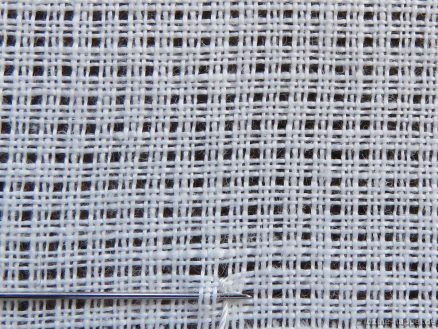
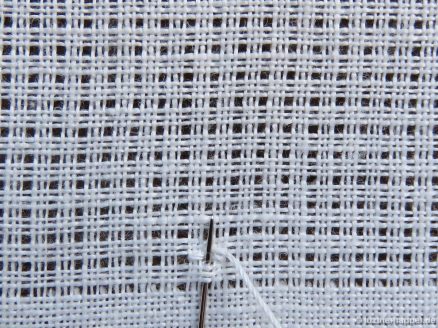

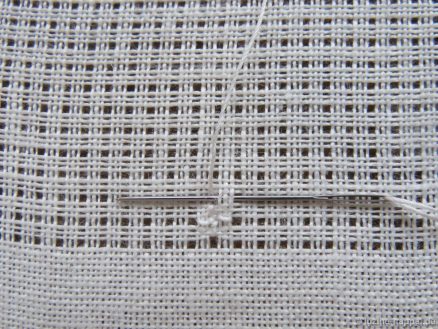



Leave a Reply